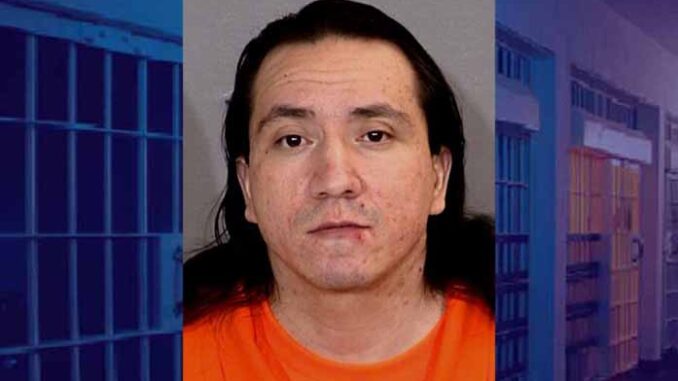
A Pima County man’s conviction for a 2016 home invasion which netted him a few hoverboards, some cell phones, and more than 81 years in prison has been upheld by the Arizona Court of Appeals despite some flaws with how a photographic lineup was conducted.
A jury found Michael Andrew Nunez guilty in 2019 on multiple counts of aggravated assault with a deadly weapon, kidnapping, armed robbery, and aggravated assault stemming from the home invasion. In addition to the 22 convictions, jurors found aggravating factors existed due to the dangerousness of the home invasion and the fact Nunez was on parole at the time for a prior felony stalking conviction.
Nunez, now 33, was sentenced to 81.25 years in prison, with his release date listed by the Arizona Department of Corrections of Aug. 2, 2094. He appealed the convictions, arguing the trial judge erred by allowing jurors to hear testimony about how one of the victims identified him. He also argued there was insufficient evidence presented to the jury to support the guilty verdicts.
On Wednesday, the court of appeals issued a unanimous decision authored by Chief Judge Garye Vasquez affirming the convictions after viewing the facts of the case “in the light most favorable to sustaining the jury’s verdicts.”
Court records show it was late in the evening of April 17, 2016 when a woman at home with her parents and her two children heard a vehicle pull up outside the residence. As she opened the door, two men forced their way into the house, knocking the woman to the floor.
The two men then demanded to know where marijuana was hidden in the house, and at several times one of the men -described by the woman as a Hispanic male, about five foot six or seven inches in height with blond hair- pointed a gun at her and her father, threatening to kill them if the marijuana was not turned over.
Eventually the woman was able to surreptitiously use her father’s cellphone to call 911. Then, when the men went to load several stolen items into their vehicle she was able to shut and lock the door, preventing the men was regaining access. One of the items stolen was the woman’s cellphone.
DNA and fingerprint evidence matching Nunez’s criminal file was found at the scene, according to the court file. And in time, detectives tracked the woman’s cellphone to a residence where they found Nunez and several items stolen during the home invasion. The woman also identified Nunez in a photographic lineup.
Before the trial began, Nunez’s defense attorney filed a motion to suppress the woman’s identification, arguing due process violations. The trial judge held a suppression hearing but denied the defense motion. It was that decision which the court of appeal scrutinized as part of Nunez’s appeal.
In the appellate court’s May 18 decision, Vasquez acknowledged that “unduly suggestive and unreliable” identification procedures do negatively implicate a defendant’s due process rights. Which is why, he noted, a pretrial identification is not admissible if it was done by a method with “a substantial likelihood of misidentification.”
With the home invasion case, a detective showed the woman a photographic lineup with images of six dark haired Hispanic men – three in a top row and three in a bottom row- and was told Nunez “may or may not be in this photo lineup.” The woman selected the photo of Nunez, telling the detective she remembered him “pretty well.”
But Nunez contended the lineup display was flawed because the three images in the bottom row (including Nunez) were brighter in color than the top three images. In addition, he pointed out none of the men in the lineup had blonde hair, despite the woman’s initial description.
The appellate decision notes the purpose of lineup procedures “is to make sure that nobody sticks out.” Vasquez added that the disputed photographic lineup depicted six Hispanic males with similar faces, the same hair color, and only minor variations in hairstyle.
Also, the brightness and lighter backgrounds of the bottom three pictures “did not specifically highlight Nunez’s photo and were not unduly suggestive,” the appellate court ruled. “Because nothing in the record here suggests the lineup procedure or photographs were unduly suggestive, the court did not abuse its discretion in denying Nunez’s motion to suppress.”
The court of appeals also rejected an argument by Nunez that the trial judge unfairly provided a jury instruction about flight from the scene of a crime. And the judges rejected Nunez’s claim that the trial judge should have dismissed all the charges after the prosecution rested its case due to insufficient evidence to establish his guilt.


